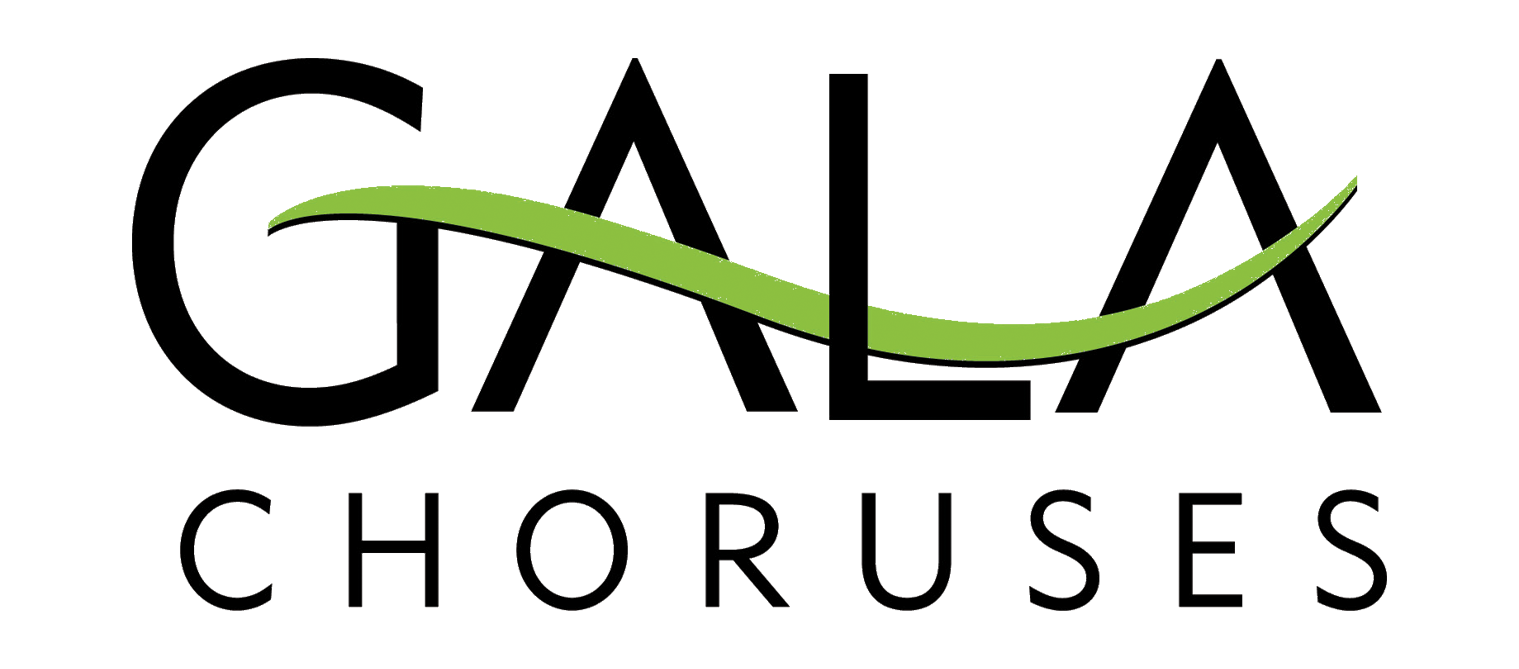By GALA Expert
November 19, 2023
By: Tim Sarsany, Artistic Director – Columbus Gay Men’s Chorus
Why arrange for your chorus?
- The song you want to do is not at all available, or it is not with your specific voicing.
- You found an arrangement that may be too difficult or too easy for your choir.
- You’ve always wanted to arrange something for your chorus!
Permissions!
No piece of music may be arranged and performed by a chorus without permission from the copyright holder – unless it is in the public domain. Fortunately it is fairly simple these days to track down copyright holders and request this permission. Always make sure you have this permission in writing and that is carefully stored with your music library and on file in your chorus files.
It can cost anywhere from $50 and up for permission to arrange depending on the length of the song and who owns the copyright. Some copyright holders will give permission without cost but you need to ask and get this permission in writing. For assistance in requesting permission to arrange contact Tresona.
The GALA Resource Center has lots of additional information about copyright and licensing.
Know the instruments you are writing for
Since you are the conductor of the ensemble, you know the voices you have better than anyone. You also know where each section sounds the best, and where they sound less than best. Use this to your advantage!
Now, on to arranging…
Musical elements to vary in order to create a musically interesting arrangement:
Texture
- Don’t feel you need to score for all voice parts all the time. Having the same voicing throughout the arrangement will bore the listener after a while.
- Vary scoring texture between parts (unison, 2-part singing, full part singing), as well as overall texture (homophonic, polyphonic).
- More divisi requires more rehearsal time and can be counterproductive. If you want to write for multiple parts, make sure the texture you are looking for really requires it.
Voicing
- Vary voicing as well. Wide/close or dense/transparent voicing. Solo vs. tutti sections.
- Sing through each voice part; try to make the voice leading as smooth and natural as possible. Avoid awkward intervals in harmony parts.
- Above all, make sure you score the melody where it can be heard!
- Make all parts interesting, not just the melody. Make the piano part interesting, as well.
Harmony
Finding the right key can be a challenge! Take a look at the melody and see where it will sing best. Key changes in the song can allow passing of melody to other sections.
Re-voicing existing arrangements
SATB to TTBB
start with:
tenor 1 on alto part in the same octave
tenor 2 on soprano part in tenor octave
baritone on printed tenor part
bass on bass part
- you may score the tenor 2 on the printed tenor part and put the baritones on the soprano part in their octave
- adjust scoring when necessary
- don’t be afraid to pass around the melody between voices.
SSA
SA, SSA, and SSAA scorings are standard.
Give the altos their share of the melody, they will love you for it!
The “bass line” is much less heard
Score Presentation
- Since the lyrics monopolize the area below the staff, put everything else (i.e. dynamics, tempo adjustment markings, hairpins, etc) ABOVE the staff.
- Make sure scores are neat and clear
- Add rehearsal letters especially if you are working with instrumentalists
- Make sure singers know where and what to sing throughout the score
- If you’re not sure how scores should look, look at a few published scores.
- Double and triple check your lyrics.
Overall…
Don’t be afraid to play around with things when creating the arrangement. If you get stuck, just get something down on paper, then edit/change or expand as you go. Find arrangements that you like. Study the score to found
